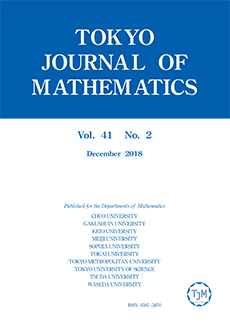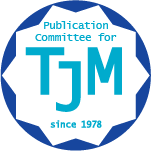Abstract
We concern ourselves firstly with the abstract evolution equation \begin{equation*} \left\{ \begin{array}{@{\hspace*{2pt}}l} \mathbf{x}^\prime(t)= (A + B) \mathbf{x}(t)\,,\quad t>0\,;\quad \mathbf{x}(0)=\mathbf{x}_0\in D\,, \\ \rho ( \mathbf{x}(t))^\prime \leq g( \rho( \mathbf{x}(t) ))\,,\quad t>0 \end{array} \right. \end{equation*} in a Banach space $X$, where $A$ is m-quasidissipative, but $B$ satisfies no global conditions of quasidissipativity. We assume that a secondary topology (and a related notion of limits) can be introduced, through a lower semicontinuous functional $\rho$, such that $B$ is locally Lipschitz continuous with respect to this topology. Under appropriate assumptions, the first product formula \begin{equation*} \mathbf{x}(t) = (D,\varphi)\text{-}\lim_{h \downarrow 0}\{( I - h A)^{-1}( I + hB)\}^{[ t/h]} \mathbf{x}_0 \,,\quad t\geq 0 \end{equation*} can be defined, and we show that this provides unique solutions in a generalized sense to our original equation. Here $(D,\varphi)\text{-}\lim$ refers to our new notion of limit. For approximations $A_h$ of $A$, we also show convergence for the second product formula, \begin{equation*} \mathbf{x}(t) = (D,\varphi)\text{-}\lim_{h \downarrow 0}\{( I - h A_h)^{-1}( I + hB)\}^{[ t/h]} \mathbf{x}_0\,, \end{equation*} and use this to generate solutions to a class of advection reaction diffusion systems. As a concrete example, a mathematical model for HIV infection is studied.
Citation
Duncan TEBBS. "On the Product Formula Approach to a Class of Quasilinear Evolution Systems." Tokyo J. Math. 26 (2) 423 - 445, December 2003. https://doi.org/10.3836/tjm/1244208600
Information





